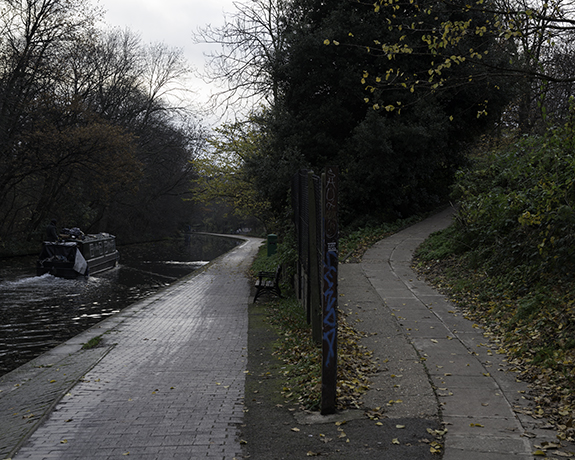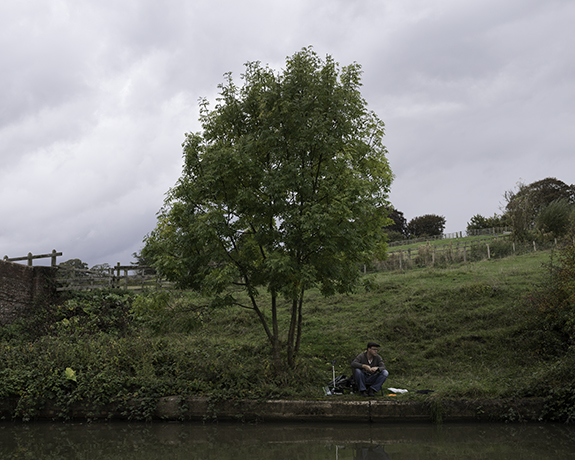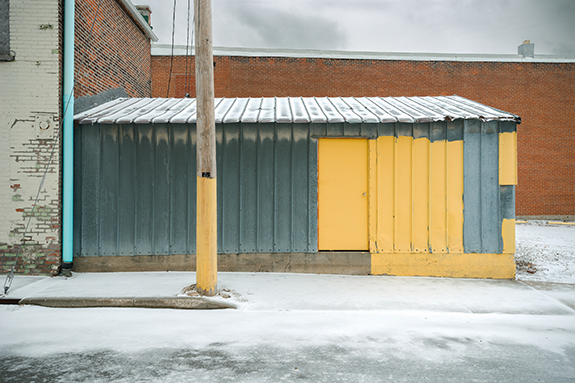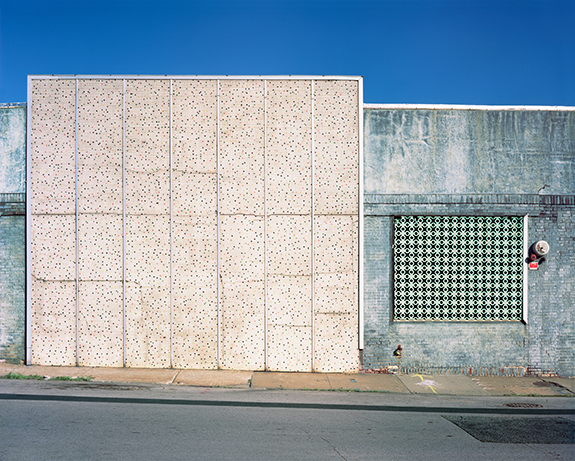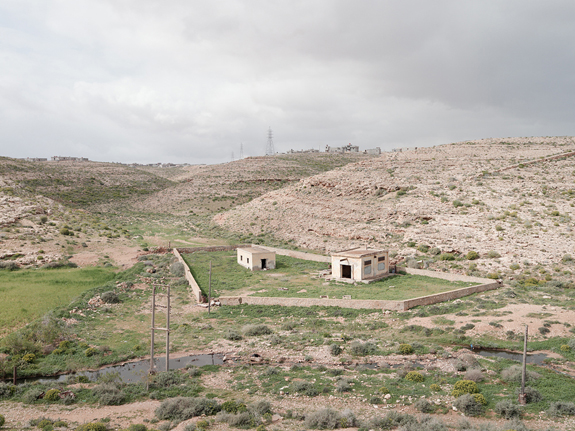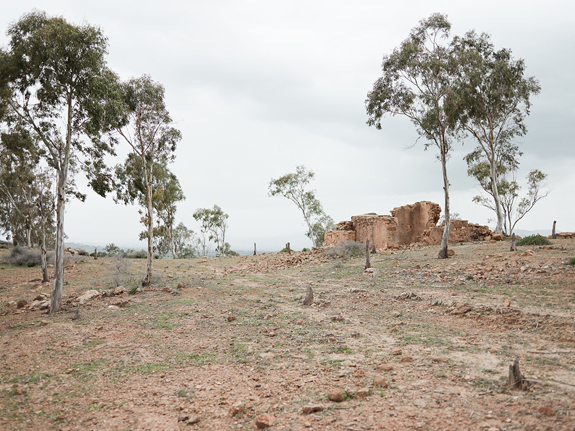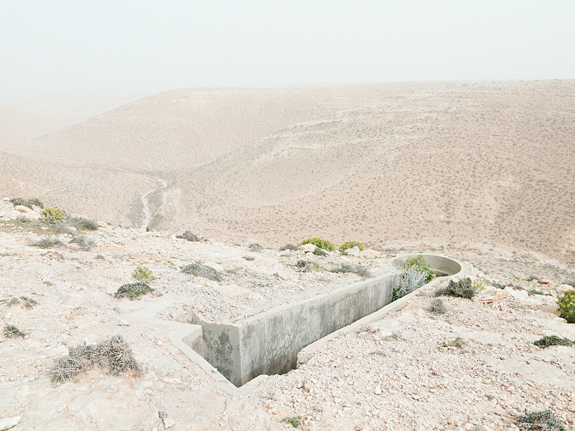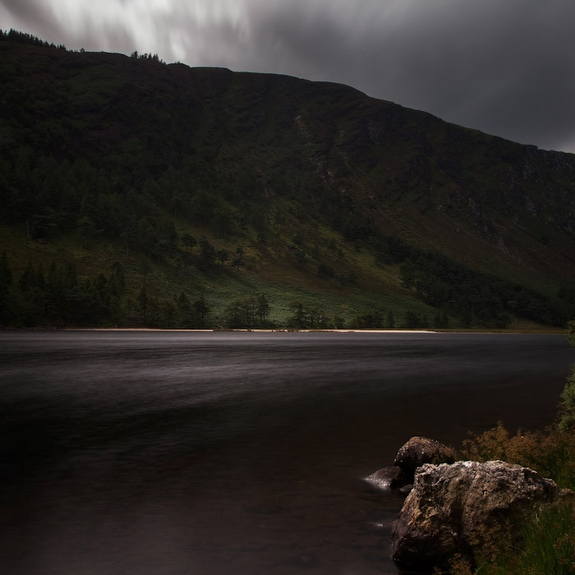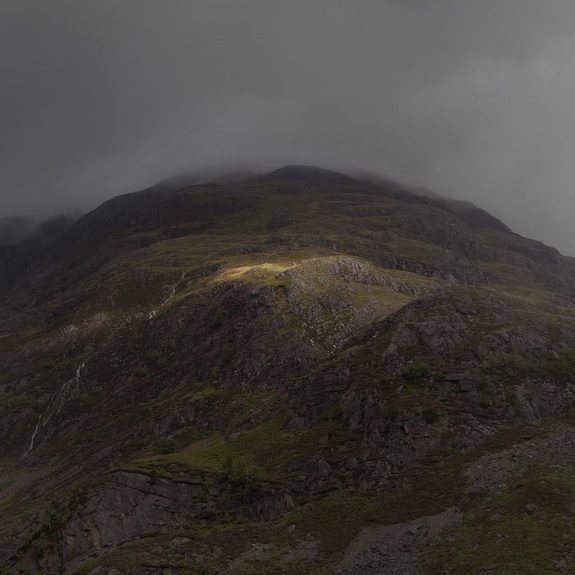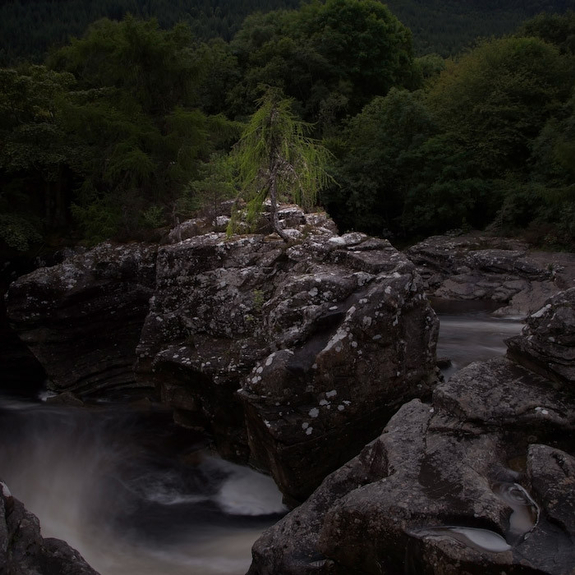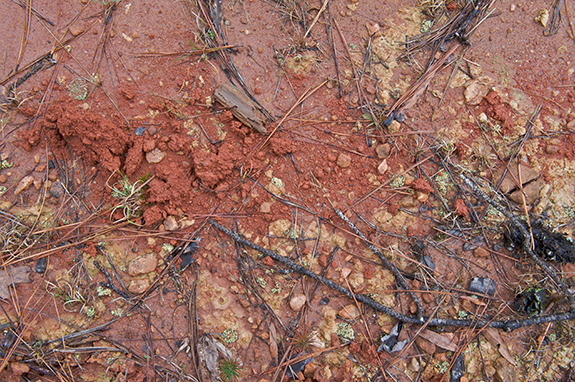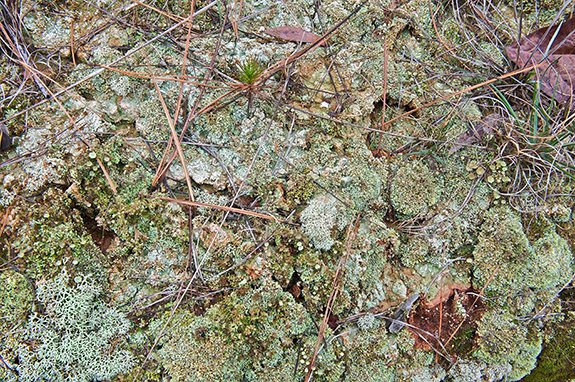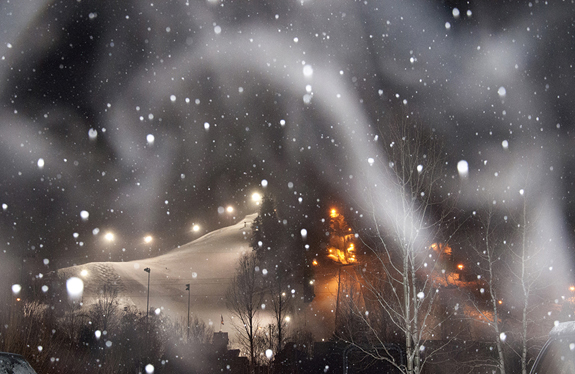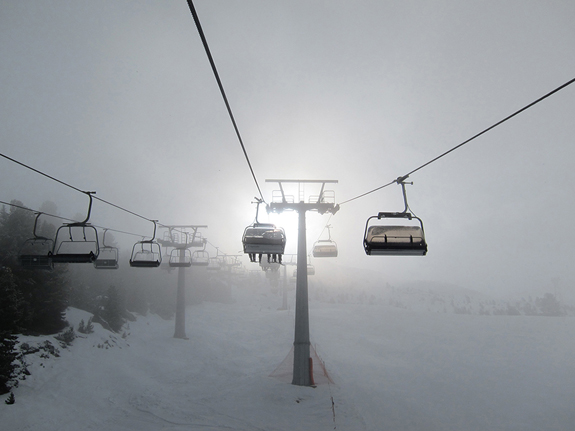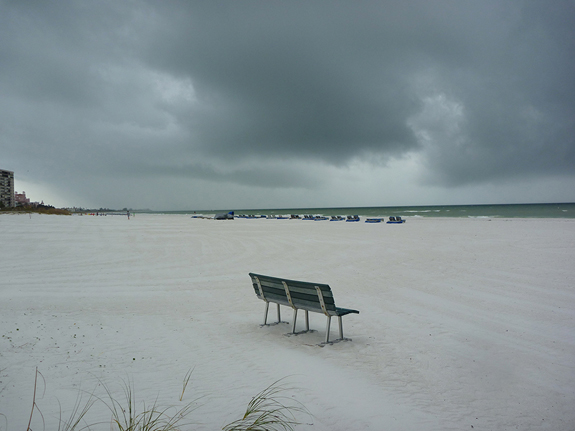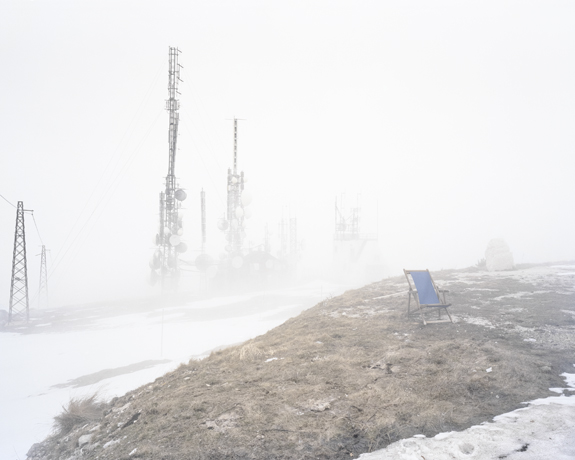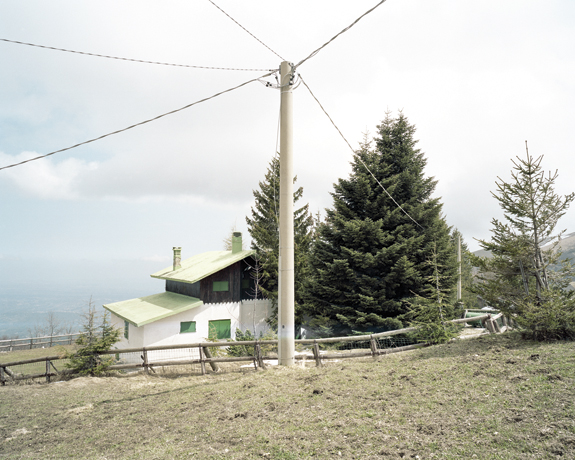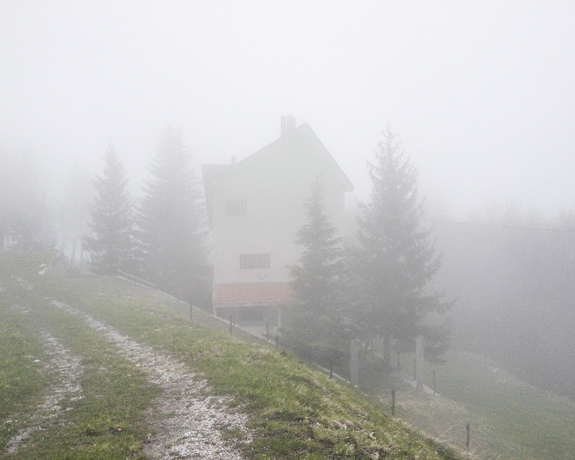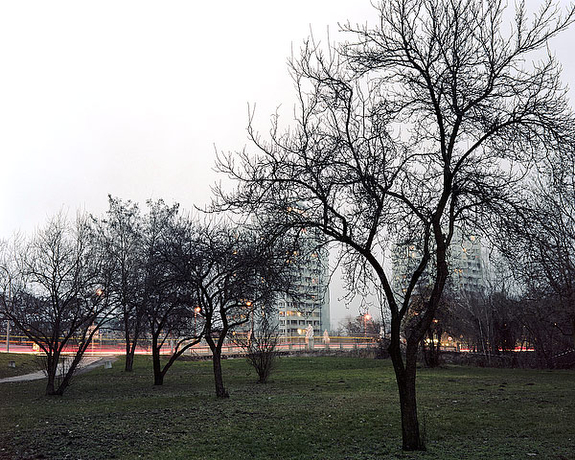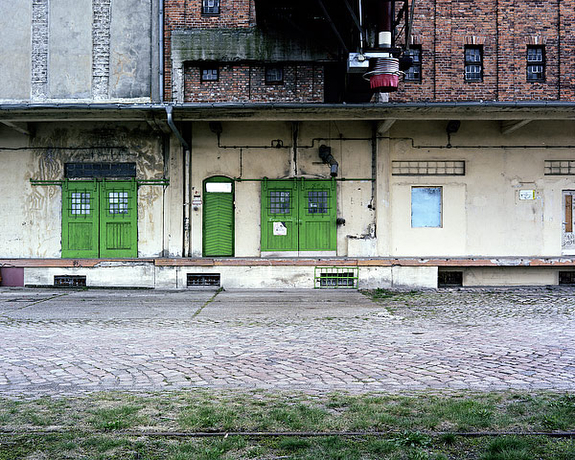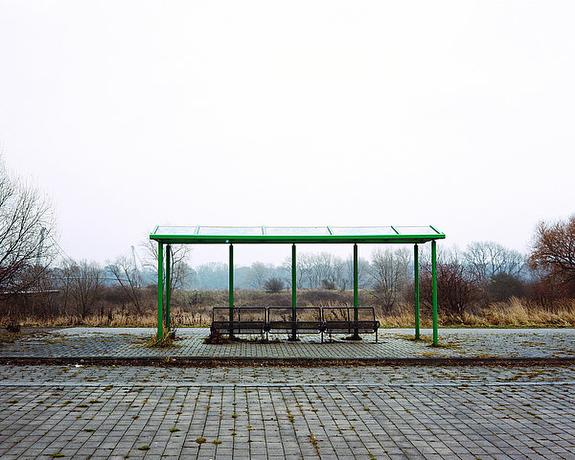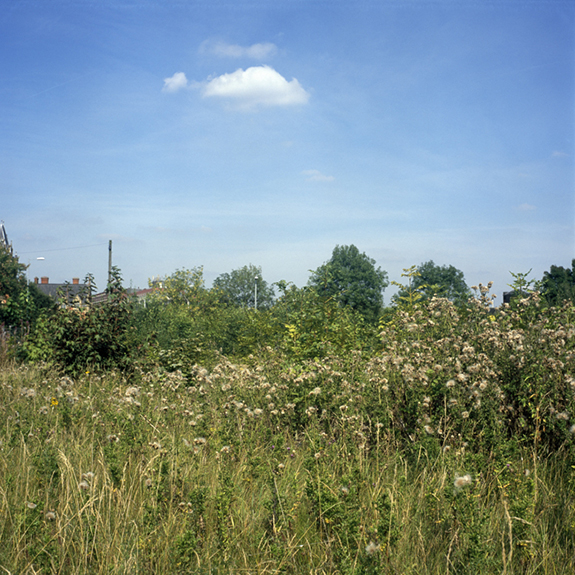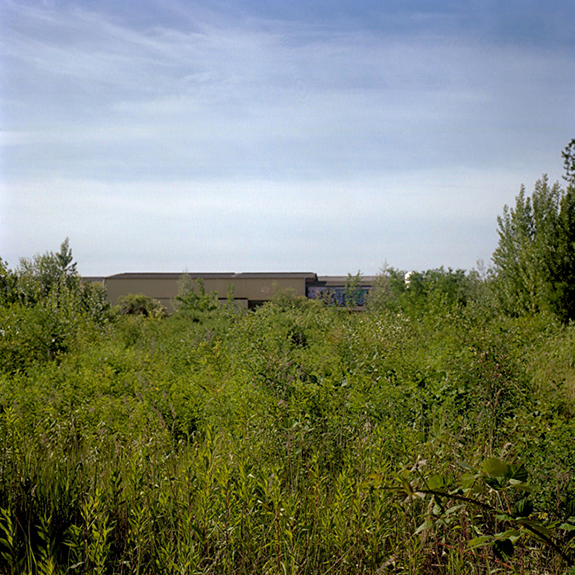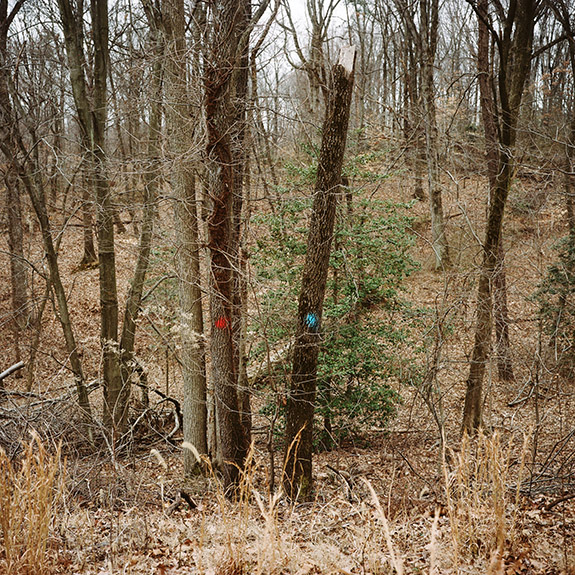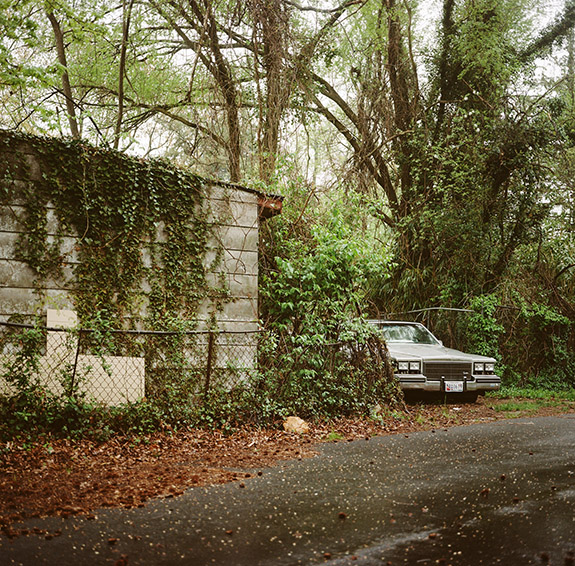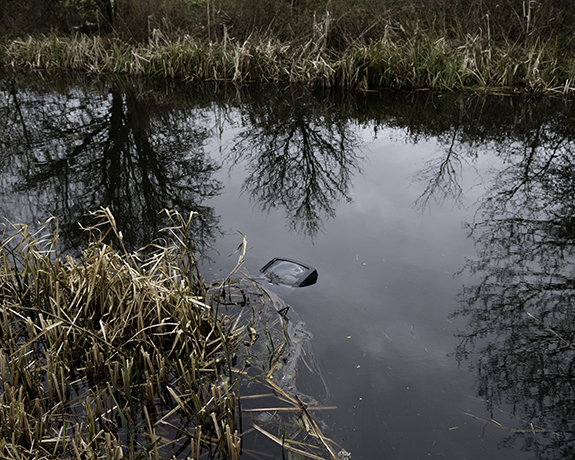
www.PaulWalshPhotography.uk
I am interested in exploring the relationship between walking and photography. All Things Pass traces my walk along the hundreds of miles of canal towpath that connects the river Thames in London with my parent’s home in Birmingham.
When I got the news of my mother’s illness, a condition that left her unable to walk, I travelled back and forth on the train between London and Birmingham to visit her. I remember gazing out of the train window wondering what it would be like to make the journey on foot, along the canal I could see running alongside the train line. I decided that for once I would make the walk back home, into the house where I was born.
In the current light of my mother’s illness, I became caught up in thoughts about the ephemeral nature of places as I walked. The deteriorating factories of the city soon gave way to pastoral landscapes and I became aware of the fleeting nature of the world around me, as everything I happened upon came into view before disappearing behind me. I set out to make photographs of the places that lie beyond the view of the canal from my mother’s bedroom window. I also wanted to show how places deteriorate and succumb to decay, yet many recover, transform and eventually find a way to thrive again.
— Paul Walsh, Brighton, United Kingdom
